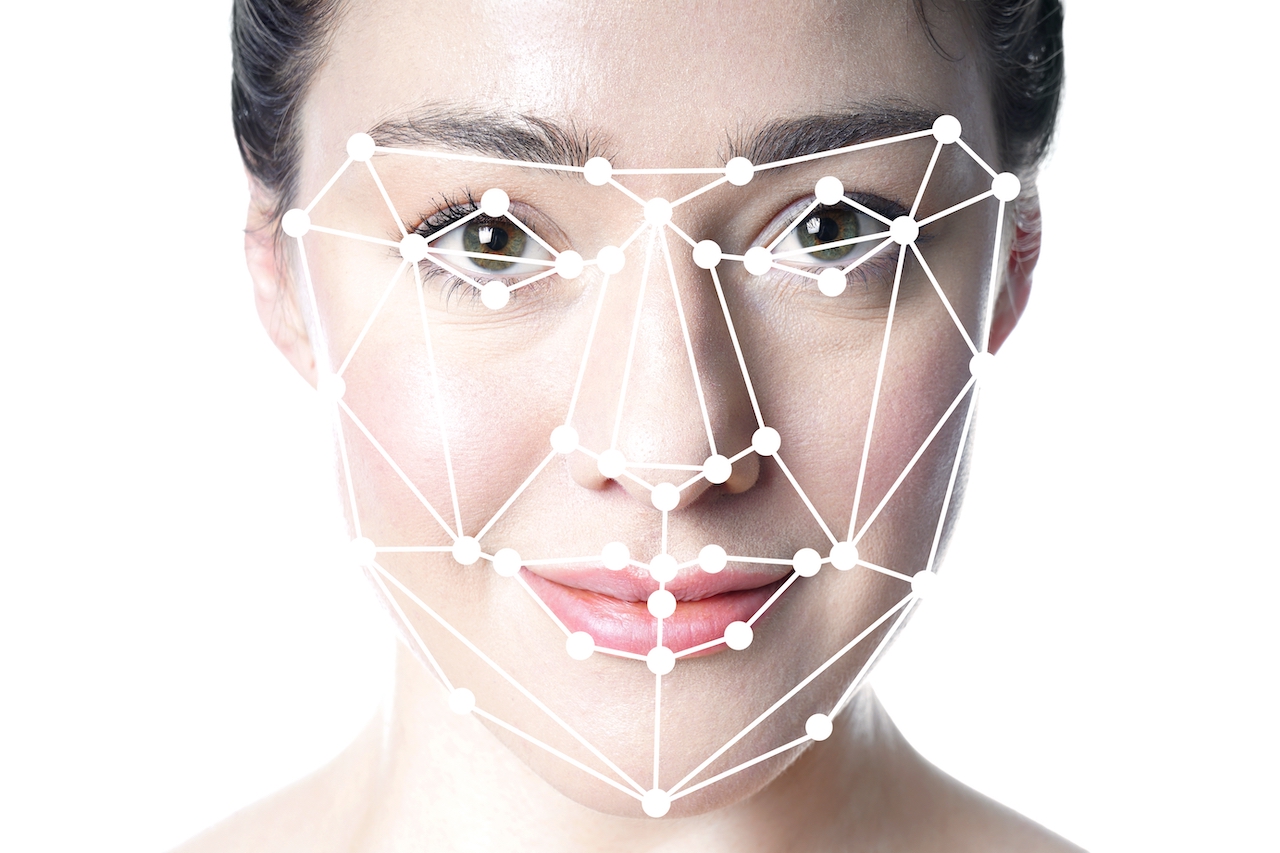Here’s a fun thought activity you can perform on your own schedule. You can go through a collection of sci-fi movies you watched as a kid and observe the various technologies they predict would become popular in the 2020s. You’ll notice that the more magnificent stuff like a lunar base or flying cars are still out of reach, yet the more nuanced technology is already widespread. Facial recognition software belongs to the latter.
According to Statista, the global facial recognition software market is projected to grow to SGD 16.95 billion by 2027. It has become widespread in various areas, from access control to device authorisation. This guide will serve as a deep dive into those applications and what the future holds, given the various benefits of facial recognition software.

What Is Facial Recognition?
Facial recognition is a biometric authentication system that relies on facial features to identify an individual. It uses advanced optics to differentiate those features on a detailed level. While cameras are often the go-to, lasers and other electromagnetic systems assist with increasing precision.
Most people often confuse face recognition with face detection, an entirely different technology. Face detection can only locate a human face from a set of pixels. In contrast, facial recognition can automatically identify the face to draw an identity, provided it has been previously recorded in the database.
How Does Facial Recognition Work?
Facial recognition works in three stages: face detection, face tracking, and face comparison. Face detection initiates as soon as the system identifies human face-like features from a constant stream of data, which can be a video feed from a camera.
Once the computer determines that it’s viable for a scan, the following array of sensors activates to measure a set of predefined features. Those vary for each system and can include information like eye colour, eyebrow width, nose shape, jawline depth, and skin tone, among others. It is the face tracking stage that records the necessary data and creates a matrix called the faceprint using a mathematical model.
Now, that data is ready for the system to compare. An AI algorithm takes the faceprint and compares it with other recorded entries within its database, which can number in hundreds or thousands, depending on the size of the database. As soon as the system finds a match, it returns a favourable clearance to the access system, which lets the individual through the premises and records the event for future reference.
What Are the Use Cases for Facial Recognition?
Given its accuracy and simplistic mechanism design, facial recognition has found several use cases within the real world. A few prominent ones include the following.

1. Second Authentication Factor
Facial recognition software serves as a backup to verify authentication in case the standard password login fails. Biometrics from such a system is near impossible to fake, which is why several social media websites like Meta rely on it to ensure the identity of people logging into their accounts. Various banking and loan dispersal companies also use it to verify online profiles.
2. Access to Mobile Applications Without a Password
Facial recognition takes only a few milliseconds to authorise a login, which is less than the time it takes for you to type in a secure password. While Apple was the first to allow face recognition, other manufacturers have perfected the system and allow you to access mobile applications with in-built facial recognition software.
The biometrics are secured on the device itself. So, you can rest easy knowing that the developers are completely unaware of your likeness.
3. Access to Previously Contracted Online Services
With IoT becoming a regular part of most citizens, you should secure online services with something more secure than a string of letters and numerals. That’s why facial recognition is a desirable security function many domains prefer. It makes the logins faster, and the website can cater to each user by customising the aesthetics to their liking.
4. Access to Specific Premises
Access control systems can use facial recognition software as an effective measure to verify the identities of all employees and visitors to commercial areas. The system lets the security personnel maintain social distancing guidelines and prevent overcrowding at the entry points. Only a few administrators can access the system, keeping everyone’s privacy secure.
5. Payment Methods
Biometrics linked to your bank accounts can be used to verify your physical and online purchases, especially ones that include a massive bill. Several online banking modes, including GPay and Apple Pay, already use fingerprint scanning to authenticate transactions. Incorporating facial recognition can increase security protocols. The same technology can be used in physical stores to reduce card fraud and issue bonus discounts to returning customers.
6. Access to a Locked Device
Digital devices are only valuable so long as they remain secure. While most people prefer passwords and PINs, face recognition increases login speed and allows for switching between multiple users without the prompt to switch accounts. Even laptops today ship with a decent front camera that most users can use for efficient facial recognition.
7. Check-In for Tourism Services
Tourists must often present various identification documents travelling through hotels and airports. Their itinerary often exposes their personal information to unreliable sources, who can use it for nefarious purposes.
Facial recognition can help them quickly cut through the red tape while ensuring that their private details remain secure. Moreover, it’s a foolproof method to prevent cases of mistaken identity, ensuring that you avail yourself of the assigned suites even during rush hour at the reception.
What Are the Benefits of Facial Recognition?
Facial recognition has several advantages over other types of biometric authentication systems. A few notable ones include the following.
Faster Verification Process
A facial recognition app can scan and process a human face in less than a second. With high-tech optics that can track faces through particle effects, the verification speed will only increase in the coming years. It’s quite energy efficient as well.
User Experience
As the scan requires the users to face the camera, face recognition systems are highly intuitive. Even people with disabilities can use their devices to log in through manual operations. They program their devices to record a login with face detection automatically.
Security
You can’t hack through biometric systems like face recognition, despite what spy movies would lead you to believe. Holding up an HD photograph to the camera doesn’t help. The software can detect the depth of facial features and deem the scan invalid.
Compliance
All companies that develop face recognition software must maintain strict regulations to ensure that user data doesn’t leak to third parties. They secure the database with 256-bit encryption and always create it on the device or a secure cloud server.
Short Summary
Facial recognition apps are only meant to become more popular in the future. If you wish to apply the technology to an application of your choice, it’s best to choose a service that can deliver the best solution with regard to your budget. Check out Qbasis for a free quote today.



